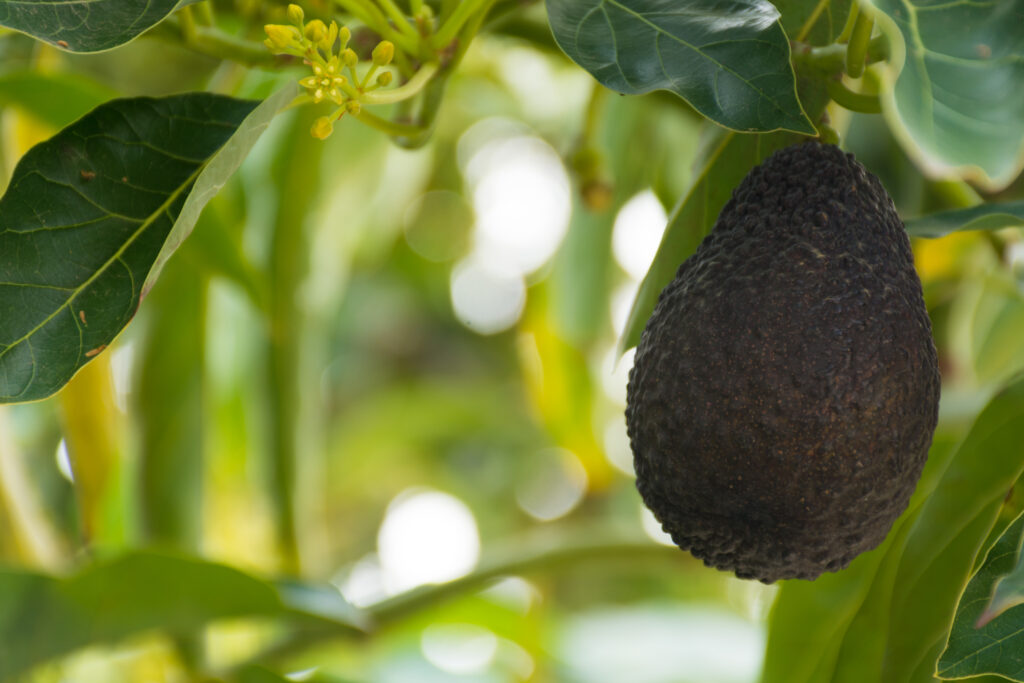Avocados Have a Long History, Even Longer Fan List
by TERESA SCHIFFER
Sponsored by Farm Credit of Central Florida
Let’s not mince words when it comes to avocados. The deftly versatile, densely nutritious superfood is a fan favorite. These funky fruits are positively packed with protein on top of heaping helpings of potassium, folate, fiber, and lots more tasty goodness. In addition to the pizzazz they add to any plate, avocados add a zesty bit of green to the Sunshine State by generating a solid $54 million in economic activity for Florida every year.
Fun Facts from Avocado History
The avocados that grow now in Florida came originally from Mexico, Central America, and South America. It’s believed that Florida was the first state in the U.S. to begin cultivating the bulbous fruits after horticulturist Henry Perrine brought them here from the West Indies in 1833, calling them “alligator pears.”
Perrine wasn’t the first to fall in love with the fruit. Spanish explorers in the 16th century quickly picked up on the native fruit, calling them “aguacate,” in their effort to copy the early Aztec word for them — “ahuacatl.” George Washington even gave it a shot, calling them “agovago pears.” So out of all the efforts to mimic the original, ancient name, we ended up with “avocado.”
Avocados had a long history in South America but were a little slow to take off in North America. Once they did though, they took off like a rocket! By the 1950s, there were at least two dozen varieties of avocados being grown throughout Florida, California, and Hawaii, propelled in large part by diet crazes that favored salads.
Avocados in the Here and Now
The American love affair with the alligator pear has waxed and waned over the decades, first adored for its low-cal appeal, then temporarily shunned over a misunderstanding regarding its high fat content, and finally fully embraced with the differentiation between heart-healthy unsaturated fats (which avocados are high in) and artery-clogging saturated and trans fats. (Avocados contain a small amount of naturally occurring saturated fat and no trans fats.)
Mexico and the United States are the world’s top consumers of avocados, and Mexico is the top supplier, with a large portion of their avocados coming into the U.S. Almost 90 percent of avocados in U.S. grocery stores originate in Mexico, despite a temporary ban in 2022 that was the result of a USDA employee receiving threats after refusing to certify a mislabeled shipment of Mexican avocados.
By comparison, most of the avocados grown in the United States are subsequently sold and consumed domestically. In 2020, the U.S. avocado production was valued at $426 million by the USDA. The U.S. imported $2.4 billion in fresh avocados while exporting just $45,502 in fresh avocados that year.
The bulk of our domestic avocado production takes place in California — 86 percent according to UF/IFAS in 2012. The remaining production is divided between Florida (13 percent) and Hawaii (1 percent). Most of the avocados grown in Florida are cultivated on farms in the southernmost part of the state, primarily in Miami-Dade and Collier Counties.
Avocado trees flourish in warm weather, making South Florida an excellent locale for their cultivation. While avocados produced domestically can be purchased year-round due to California’s ability to derive two fruiting seasons from one annual bloom, you’ll have to move quickly or wait a few months if you prefer those grown in Florida – our season runs from June through late February.

